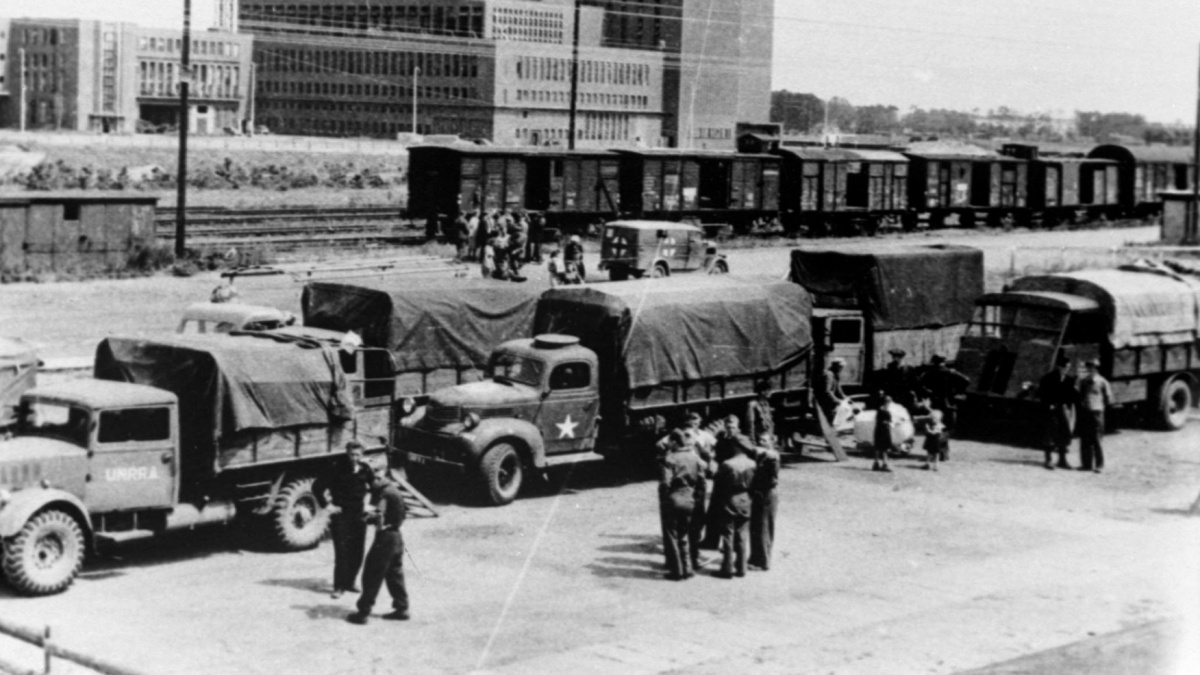75 years ago, on April 11, 1945, US troops liberated the Volkswagen plant and the city then known as “Stadt des KdF-Wagens” which was later named Wolfsburg to the south of Mittellandkanal. At the Volkswagen plant, about 7,700 forced laborers were freed.
Over the eight weeks that followed, the Americans made groundbreaking decisions for the future of the people, the city and the plant. The brief but marked intermezzo of US military rule laid the foundations for democracy, freedom and reconstruction in the region. In May, the plant was already producing vehicles – Kübelwagen for the U.S. Army, which were then called “Volkswagen Jeeps”. The American occupation ended at the end of June 1945 when the region became part of the British occupation zone.
On April 10, the last 50 Kübelwagen (Type 82) intended for the German army were completed at the Volkswagen plant. Alarms announced the advance of the US tanks into the area. The plant, which had been largely destroyed by air raids in 1944, ended wartime production with a total of 66,285 vehicles.
Liberation and occupation in two stages
On April 11, US troops liberated the plant and the city on the Mittellandkanal. The troops advanced from Fallersleben along the Mittellandkanal to the former bridge at Hesslingen and through the city without encountering any military resistance. On the same day, the Americans advanced towards Salzwedel and the River Elbe. The maps used by the U.S. Army did not even show the city or the plant.
A temporary power vacuum arose in the area. After the SS and the company security force had been withdrawn or had fled before the American advance and the Volkssturm had been dissolved, forced laborers and prisoners of war saw that the end of their suffering had been reached. They were hungry and their pent-up anger at the suffering and injustice they had faced was released. There were some cases of plundering, destruction and violence. To maintain order, the forced laborers formed a provisional security team consisting of French prisoners of war and Dutch students who had been forced to work at the plant. They obtained weapons and vehicles at the plant and used the plant fire station as their headquarters.
Fritz Kuntze, the manager of the power plant, had refused to obey the orders given by the local Nazi leaders to blow up the power plant and bridges. The German-American was determined to prevent damage to the power plant by sabotage as it was essential for energy supplies. Kuntze drove to the US units remaining in Fallersleben with two other engineers, who also spoke good English, and the Catholic priest Father (later Monsignor) Antonius Holling. They convinced the GIs that they should demonstrate a military presence. On April 15, the Americans occupied the plant and the city, disarmed the self-appointed vigilantes and assumed responsibility for administration. The staff officers of the 9th Army gradually arrived up to April 15.

